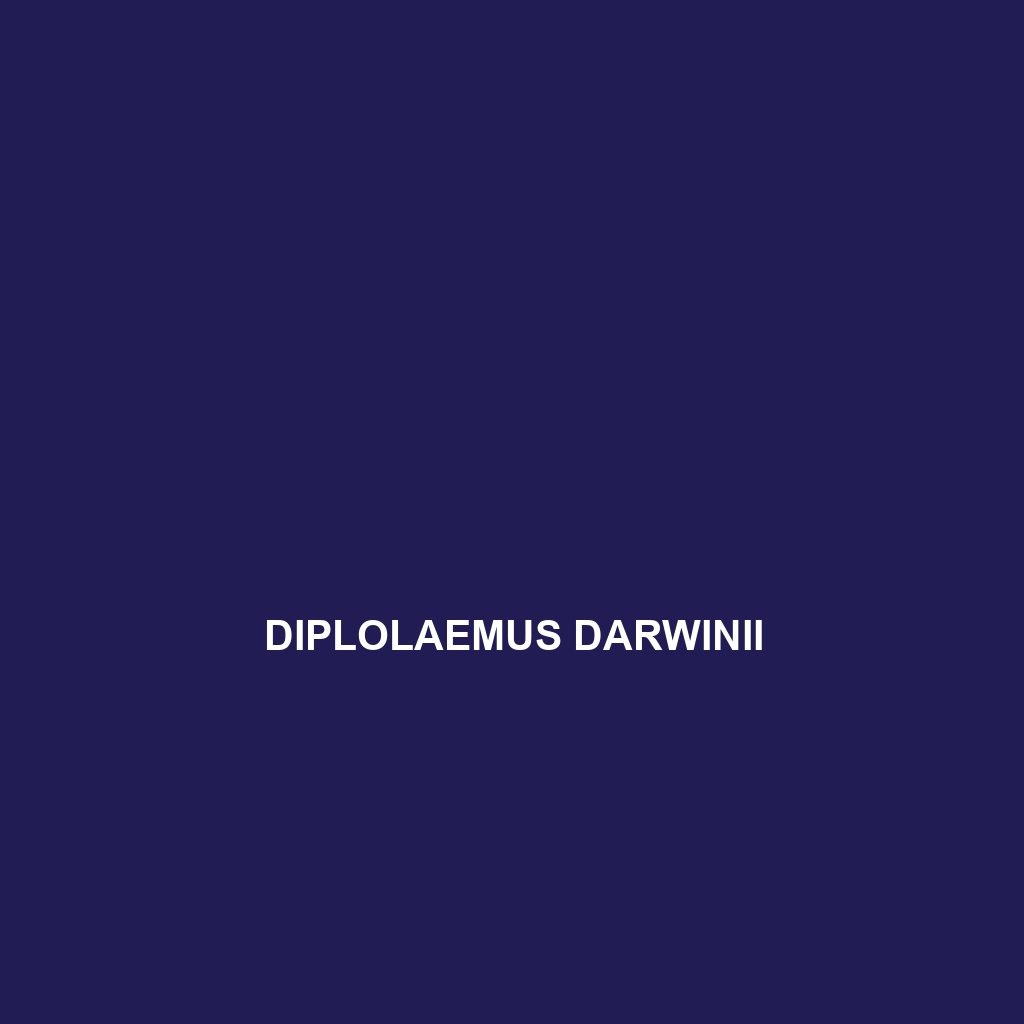Species Description: Diplolaemus bibronii
Common Name: Diplolaemus bibronii
Scientific Name: Diplolaemus bibronii
Habitat
Diplolaemus bibronii, commonly known as Bibron’s Lizard, is primarily found in the temperate forests and shrublands of Argentina and Chile. This species thrives in areas with abundant vegetation, which provides necessary cover and a suitable microclimate. Its range extends from the Andes mountains to the coastal regions, demonstrating a preference for both dry and humid environments.
Physical Characteristics
The Bibron’s Lizard typically measures around 20 to 25 centimeters in length, featuring a robust body and a distinctively long tail. The coloration of Diplolaemus bibronii varies but is generally characterized by shades of brown and olive green, often with irregular dark bands. Its smooth scales and flattened head make it easily distinguishable among lizard species.
Behavior
Diplolaemus bibronii is primarily diurnal, displaying active behaviors during daylight hours. This lizard is known for its agile movement and can often be seen basking on rocks or vegetation to regulate its body temperature. It exhibits social behaviors, sometimes seen in small groups, indicating a level of social organization not commonly observed in lizard species. These lizards are also territorial, using displays of color and movement to assert dominance.
Diet
The diet of Diplolaemus bibronii consists mainly of insects, such as beetles, ants, and crickets, along with other small invertebrates. This lizard is an opportunistic feeder, adapting its diet according to the availability of food sources in its environment. Its rapid movement aids in capturing prey, making it an effective hunter in its habitat.
Reproduction
Diplolaemus bibronii typically breeds in the late spring to early summer. Females lay clutches of approximately 5 to 10 eggs, usually in hidden locations to protect them from predators. The incubation period lasts about 60 to 80 days, after which the hatchlings emerge fully formed. Parental care is minimal, as the young are independent shortly after birth.
Conservation Status
Currently, Diplolaemus bibronii is classified as Vulnerable on the IUCN Red List. Habitat loss due to deforestation and urbanization poses significant threats to its population. Conservation efforts are essential to preserve its natural habitat and ensure the survival of this unique lizard species.
Interesting Facts
Diplolaemus bibronii is known for its remarkable ability to change color in response to temperature and stress, which aids in thermoregulation and camouflage. Additionally, these lizards have developed a unique set of behaviors, such as tail waving, that serves as communication among individuals.
Role in Ecosystem
As a predator of various insects, Diplolaemus bibronii plays a crucial role in maintaining the balance of its ecosystem. By controlling insect populations, it contributes to the health of the vegetation in its habitat. Moreover, as prey for larger predators, it serves as an important link in the food chain, facilitating energy transfer within its ecological community.
